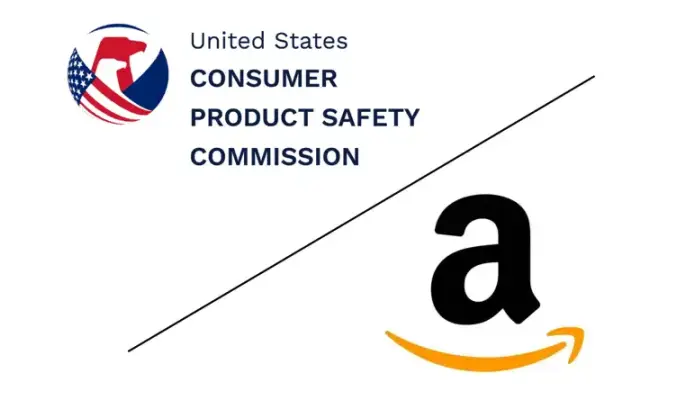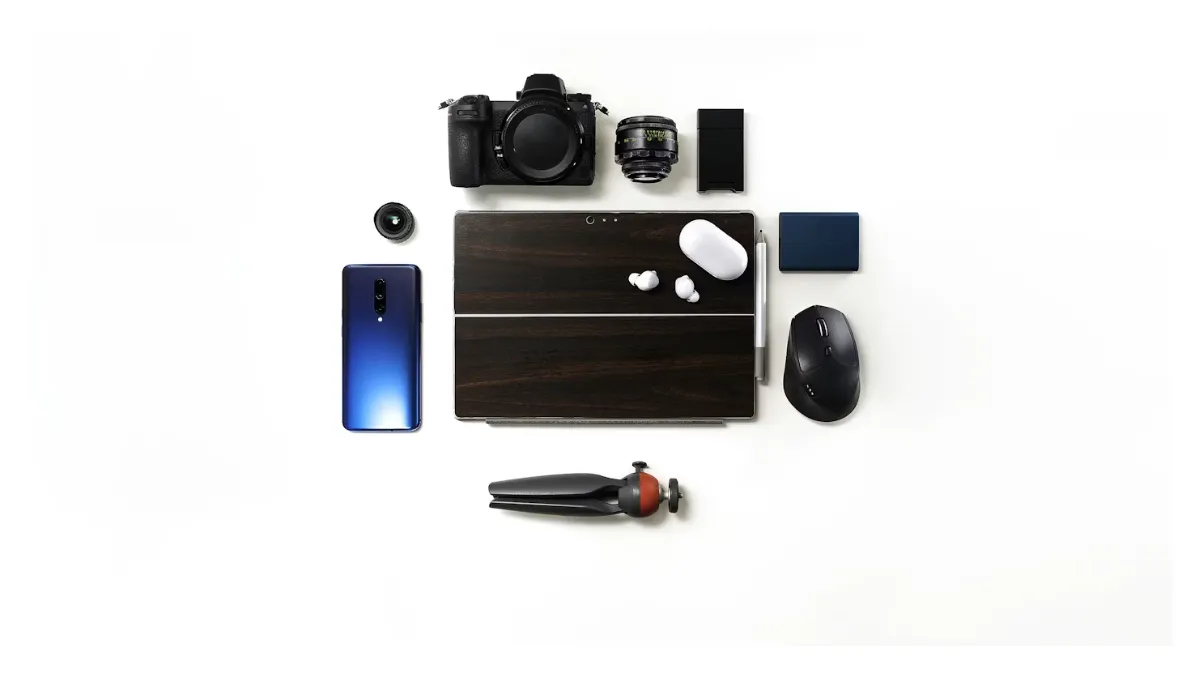
What is Medical Device Usability Testing?
The development process of medical devices must comply with relevant regULatory requirements to ensure safety and performance throughout the entire lifecycle. This ultimately aims to improve patients' lives. So, how can medical device manufacturers ensure that their products truly improve patients' lives? Usability testing is the answer.

1. Necessity of Usability Testing
The usability and ease of use of medical devices are crucial. Some devices are designed for use only by professionals, while others can be used by caregivers or inexperienced patients. If users or patients lack the experience or skills to use the device properly, it may result in misuse or even injury. Therefore, during usability testing, it is essential to involve all potential users of the device. Usability studies should include patients, clinicians, and maintenance and sterilization personnel.
Usability testing plays a critical role throughout the lifecycle of a medical device. Ignoring it may lead to delays in the registration process or require REDesign. During registration, usability testing can identify design flaws and address issues early to prevent them from becoming more serious problems during development.
For complex devices, combination products, and life-support products, usability testing is necessary to ensure that the device's user interface and functional design do not lead to serious adverse events. For example, infusion pumps and auto-injectors are prone to usage errors that can result in overdosing or treatment delays. Effective usability testing can reduce the occurrence of such problems.
2. Considerations for Usability Testing
The usability of medical devices is part of risk management, focusing on issues users encounter during use. Usability mainly concerns the interaction between users and devices in the expected use environment, also known as human factors engineering.
According to the FDA's usability testing guidelines, the following three elements need to be considered during usability testing: users, the device use environment, and the device's user interface.
2.1 Users
- Physical size, strength, and sensory (visual, auditory, tactile) abilities.
- Cognitive conditions and health status.
- Cultural background, language proficiency, and experience with similar devices.
- Learning ability and adaptability.
2.2 Device Use Environment
- Brightness and noise levels of the environment.
- Potential interferences between the device and other instruments, as well as environmental and personnel interferences.
- Possible collisions and vibrations.
2.3 Device User Interface
- Whether the interface size is suitable for users.
- Information elements provided to users, such as indicator lights, displays, and alarm devices.
- Whether the interaction logic is reasonable and easy to understand.
- Clarity and readability of packaging and labels.
By considering these elements and conducting usability testing, the usability of medical devices can be assessed, and improvement suggestions can be made to ensure that users can use the devices safely and effectively.
3. Forms of Usability Testing
3.1 Formative Evaluation
Used during the design and development stage to assess safety issues in user interaction with the user interface and focus on areas where user interface design options are not yet finalized.
3.2 Summative Evaluation
Used in the later stages of development to ensure that user experience-related issues have been identified and resolved, preventing user errors that could lead to injuries during device use.
4. Regulatory Aspects of Usability Testing
IEC 62366 is an important international standard for usability engineering of medical devices. Its primary goal is to address risk assessment and mitigation issues that may arise during device use and identify potential hazards, particularly those caused by abnormal device use.
According to the European Union Medical Device Regulation (2017/745 MDR), usability risks must be comprehensively analyzed, and measures must be taken to mitigate these risks as much as possible. The regulation requires that all identified risks related to usability be addressed and that risks associated with reasonably foreseeable misuse be assessed.
The EU MDR incorporates usability requirements into the General Safety and Performance Requirements (GSPR). Manufacturers must document usability activities and verifications and collect and analyze post-market usability data in the technical documentation. Regulatory bodies, including the FDA and the European Commission, follow the IEC 62366-1 usability standard. Adherence to these standards and requirements helps ensure the usability of medical devices and enhances their safety and performance.
The FDA also expects specific methods to be used for analyzing usability risks. Usability testing should be planned and documented to ensure the safety and effectiveness of the device for the intended users, purposes, and use environments. The FDA provides detailed guidelines on human factors and usability engineering, outlining testing requirements and referencing the recommended standard IEC 62366.
5. Other Aspects of Usability Testing
5.1 Usability Test Reports
Manufacturers need a specialized team to determine user categories and screen testers, verifying all critical tasks identified in preliminary analysis and evaluation. After testing, a usability engineering report should be compiled and submitted to the relevant authorities.
5.2 Relationship Between Usability Testing and Product Labeling
Medical device labeling includes not only the labels themselves but also all essential information provided by the manufacturer about the device and its use, such as instructions for use, manuals, and marketing materials. Proper label design can prevent user errors, ensuring users can use the device safely and benefit from it.
Usability testing is a method to improve the usability of product labeling. By collecting data on user interactions, error rates, and difficulties encountered during use, manufacturers can optimize label design and effectively convey important information to users. Combining usability testing ensures that the labeling of medical devices meets user needs, enhances user experience, and reduces misuse risks.
6. Conclusion of Usability Testing
The advantages of optimizing medical device design through usability testing to enhance safety are evident. For manufacturers, conducting usability testing during the design and development process can reduce the need for product design modifications and lower the cost of post-market changes. As safety improves, the likelihood and costs associated with product recalls also decrease.
From the user's perspective, usability testing during the design and development process can enhance the overall ease of use and appeal of the product, making it easier for users to benefit from it. By optimizing the usability of products, users can better understand and use medical devices, improve treatment outcomes, and reduce potential usage errors and risks.
Email:hello@jjrlab.com
Write your message here and send it to us
 Infant Support Pillow 16 CFR 1243/1242 & ASTM
Infant Support Pillow 16 CFR 1243/1242 & ASTM
 BRM Registration Card Under CFR Part 1130 Regulati
BRM Registration Card Under CFR Part 1130 Regulati
 How to get a D-U-N-S® Number for US FDA Registrati
How to get a D-U-N-S® Number for US FDA Registrati
 Household Massage Devices Compliance in the China
Household Massage Devices Compliance in the China
 Compliance for the Global In Vitro Diagnostic (IVD
Compliance for the Global In Vitro Diagnostic (IVD
 Compliance Guide for Nebulizers in European and Am
Compliance Guide for Nebulizers in European and Am
 Cybersecurity Certification Service for EU RED Dir
Cybersecurity Certification Service for EU RED Dir
 ANATEL Certification Compliance Guide for Brazil M
ANATEL Certification Compliance Guide for Brazil M
Leave us a message
24-hour online customer service at any time to respond, so that you worry!




